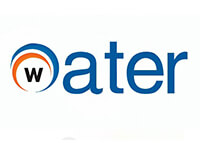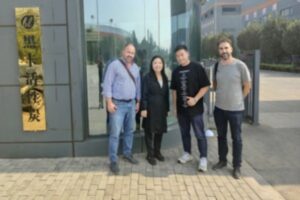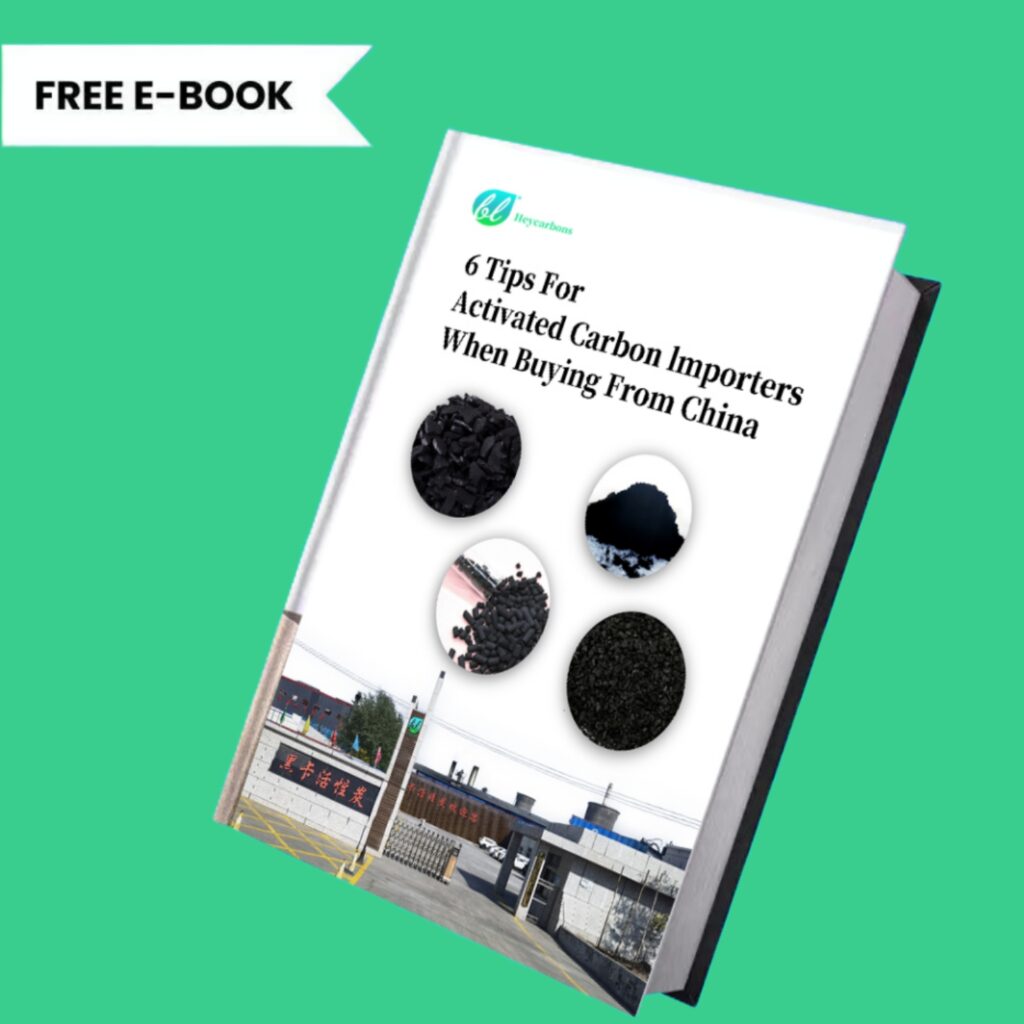KOH Impregnated Activated Carbon
What is KOH Impregnated Activated Carbon?
In the fields of industry and environmental protection, activated carbon, as a highly efficient adsorption material, is widely used in gas purification, and air filtration.
What does potassium hydroxide (KOH) impregnated carbon mean?
Impregnated activated carbon is a common modified activated carbon. By impregnating KOH into the pore structure of activated carbon, Improve the adsorption capacity of acidic substances, such as hydrogen sulfide (H2S), sulfur dioxide (SO2), methanethiol (CH3SH)…
During physical adsorption, chemical reaction takes place, greatly improving the adsorption capacity.

For example, activated carbon impregnated with alkaline substances such as KOH, NaOH or KI, can improve the removal efficiency of acidic gases such as hydrogen sulfide (H2S), sulfur dioxide (SO2), nitric acid, methanethiol (CH3SH), ethanol. However, activated carbon impregnated with different alkaline solutions has its own advantages and disadvantages.
Taking the removal of hydrogen sulfide (H2S) as an example, KI impregnated activated carbon is more active and has strong adsorption capacity, but the price is high, so customers will choose KOH impregnated activated carbon with a relatively low price.
The ignition point of KOH impregnated activated carbon is lower than that before impregnation. The same is true for NaOH impregnated activated carbon. The ignition point of KI impregnated activated carbon is higher than that of NaOH impregnated activated carbon, KOH carbon has the lowest ignition point.
But if you need a small amount of Koh, the effect is not very big.
Customers who have requirements for the ignition point can choose to use KI, NaOH impregnated activated carbon.
This article mainly introduces KOH impregnated activated carbon. KOH carbon is the most economical impregnation activated carbon.
Why is activated carbon impregnated?
Activated carbon itself has a certain adsorption capacity, and achieves physical adsorption through its rich pore structure. The adsorption capacity of activated carbon can be enhanced directionally after impregnation.
For example, after impregnating activated carbon with KOH solution, when the adsorbed gas molecules (such as hydrogen sulfide H2S) pass through the pores of activated carbon, KOH can react chemically with hydrogen sulfide (H2S), thereby fixing the hydrogen sulfide (H2S) gas molecules on the surface of activated carbon.
This combination of chemical adsorption and physical adsorption greatly improves the adsorption capacity and adsorption selectivity of activated carbon for specific pollutants. The next section will introduce: How do you impregnate activated carbon?
You will get a quote in 24 hours
You will get a quote in 24 hours
Activated Carbon Impregnation Process - KOH
Preparation: Select appropriate base activated carbon according to customer requirements. Dissolve water and KOH chemical solution in a certain proportion. This is KOH impregnated activated carbon preparation.
Impregnation: After KOH impregnated solution and activated carbon preparation, spray the dissolved chemical solution evenly on the activated carbon. This method, instead of soaking, greatly improves production efficiency and reduces water content.
Heat release: Before packaging, leave the impregnated activated carbon at room temperature for about two days to release heat. This can improve safety.

KOH Impregnated Activated Carbon Reaction
KOH impregnated activated carbon mainly enhances the adsorption and chemical reaction ability of activated carbon through its strong alkalinity, and can effectively remove some specific acidic gases and sulfur-containing gases. Especially the following gases:
SO2 Removal
KOH impregnated activated carbon mainly removes sulfur dioxide (SO2) through chemical reaction. KOH reacts with sulfur dioxide (SO2) to produce potassium sulfate (K₂SO₄) and water (H2O). The specific chemical reaction formula is as follows:
Step 1: 2KOH+SO2→K2SO3+H2O
KOH reacts with sulfur dioxide (SO2) to form potassium sulfite (K2SO3) and water (H2O).
Step 2: 2K2SO3+O2→2K2SO4
In the presence of oxygen (O2), potassium sulfite (K2SO3) can be further oxidized to potassium sulfate (K2SO4).
In this way, the activated carbon not only plays an adsorption role, but also participates in the chemical reaction, converting sulfur dioxide (SO2) into solid sulfide, thereby achieving the removal of sulfur dioxide (SO2).
Siloxane Removal
KOH (potassium hydroxide) is a strong base with strong hydrophilicity and reactivity, and can react with certain silicon-containing compounds. Siloxane itself is a class of organic compounds containing silicon-oxygen chains or rings, which have strong chemical stability. If KOH is used to impregnate activated carbon to remove siloxane, the reaction mechanisms mainly involve the following aspects:
Hydrolysis Reaction
Assuming that the structure of siloxane is R₂SiO, under alkaline conditions, KOH can catalyze the hydrolysis reaction of siloxane to generate silanol (SiOH). The chemical reaction formula is: R2SiO+H2O+KOH→R2SiOH+KOH
Formation of Silicates
Further, silanol (SiOH) reacts with KOH to form potassium silicate (K₂SiO₃). The chemical reaction formula is: R2SiOH+KOH→R2SiO2+K2O
In this process, silanol is converted to potassium silicate (K₂SiO₃), releasing potassium hydroxide (K₂O).
H2S Removal
KOH impregnated activated carbon mainly removes hydrogen sulfide (H2S) through chemical reaction. KOH, as a strong alkaline chemical, reacts with H2S to produce potassium sulfide (K2S) and water (H2O), thereby effectively removing H2S.
The chemical reaction formula of KOH impregnated activated carbon is: 2KOH+H2S→K2S+2H2O
HNO₃ Removal
After the activated carbon is impregnated with KOH, as a strong base, will react with nitric acid to generate potassium nitrate (KNO3) and water. The chemical reaction formula is: HNO3(aq)+KOH(aq)→KNO3(aq)+H2O(l)
H3PO4 Removal
KOH can also react with phosphoric acid to produce potassium phosphate (K₃PO₄) and water. Phosphoric acid has three hydrogen ions (H⁺), so sufficient KOH is needed to neutralize it. The chemical formula is: H3PO4(aq)+3KOH(aq)→K3PO4(aq)+3H2O(l)
Organic Sulfur Removal
KOH impregnated activated carbon to remove organic sulfur requires the participation of oxygen and water. Organic sulfur (COS, CS2, SO2) is difficult to remove, and it is necessary to first convert organic sulfur into inorganic sulfur in an oxygen (O2) and water vapor (H2O) environment.
Take hydroxyl sulfide (COS) as an example, the chemical reaction formula is: COS+(1+1/2)O2+H2O→H2S+CO2. Then H2S is removed with KOH.
If there is no oxygen (O2) and water (H2O), only KOH impregnated activated carbon cannot remove hydroxyl sulfur. In this case, iron oxide desulfurizer should be used.
Nitrogen Oxides Removal
The process of removing nitrogen oxides (NOx) from gases by KOH-impregnated activated carbon involves adsorption and chemical reduction reactions. Nitrogen oxides, especially nitric oxide (NO) and nitrogen dioxide (NO₂), are commonly found in industrial waste gas, and KOH-impregnated activated carbon can effectively adsorb and convert them into harmless substances.
Below is the chemical reaction formula for the reaction of KOH-impregnated activated carbon with nitrogen oxides:
Reduction reaction of nitric oxide (NO):
2NO+4KOH→2KNO+2H2O
In this reaction, nitrogen oxides NO react with KOH to form potassium nitride (KNO) and water (H2O).
Reduction reaction of nitrogen dioxide (NO₂):
2NO2+4KOH→2KNO3+2H2O
NO₂ reacts with KOH to form potassium nitrate (KNO₃) and water (H2O).
Combined reaction of nitric oxide (NO) and nitrogen dioxide (NO₂):
2NO+2NO2+4KOH→2KNO3+2H2O
In some cases, NO and NO₂ may exist at the same time, and they react with KOH to form potassium nitrate (KNO₃) and water (H2O).
The essence of this chemical reaction is to use KOH as a reducing agent to convert NO and NO₂ into more stable and harmless compounds, mainly potassium nitrate (KNO₃). In this way, KOH-impregnated activated carbon can effectively remove nitrogen oxides from the gas and purify the exhaust gas.
This process can not only remove nitrogen oxides, but may also be affected by other factors (such as temperature, KOH impregnation concentration, specific surface area of activated carbon, etc.), thereby improving the efficiency and selectivity of the reaction.
KOH Impregnated Activated Carbon Parameters
Coal-based KOH Impregnated Activated Carbon Specification
HEYPAC-KOH Impregnated Pelletized Activated Carbon. you can also choose Coal GAC impregnated KOH.
Heycarbons use a unique airflow carbonization method instead of carbon burning, which result is smoother,cleaner and greater strength.
Additionally, Heycarb employ special cooling equipment that does not require cooling on the ground, ensuring that the activated carbon does not fall to the ground during the entire process and remains free from impurities.
Adopt spray impregnation method instead of soaking method, then the moisture content is lower. CTC decreases less.
| Project | Base Carbon | Impregnated Carbon |
|---|---|---|
| Surface Area (m2/g) | 500-1500 min | 500-1400 |
| Particle | Pellet 0.9,1.5,2,3,4,6,7,8mm | Pellet 0.9-8mm |
| CCl4 Activity | 20-120% | 20-110% |
| Moisture | 5% | 15% |
| Iodine Number (mg/g) | 300-1300 min | 300-1300 |
| Hardness Number | 97 min (Ball-Pan) | 90-99.8 |
| Bulk Density (g/cm3) | 0.5 | 0.60-0.65 |
| KOH content | / | 6-20% |
| H2S work capacity | / | 15-60% |
Coconut shell KOH Impregnated Activated Carbon Specification
HEYGAC Impregnated activated carbon is refined from coconut shell activated carbon by impregnating KOH with advanced technology. It is used for gas desulfurization and removal of acidic pollutants, such as hydrogen sulfide (H2S), hydrogen chloride and mercaptan. It has good desulfurization effect.
| Project | Base Carbon | Impregnated Carbon |
|---|---|---|
| Particle Type | Granular | Granular |
| Mesh | 4×8,5-10 | 4×8,5-10 |
| CTC Activity | ≥ 40-90% | ≥ 40-80% |
| Iodine Value (mg/g) | 900-1500 | 850-1400 |
| Surface Area (m2/g) | 900-1700 | 800-1500 |
| Hardness (%) | 95-99 | 95-99 |
| Bulk Density (g/l) | 500±50 | 550±50 |
| Moisture | 5 | ≤ 15% |
| H2S Breakthrough Capacity (g/cc) | / | 0.1-0.3 |
Please contact Heycarb team, Heycarb can customize KOH impregnated activated carbon with the appropriate CTC and KOH concentration for sulfur removal according to your needs.
KOH Impregnated Activated Carbon Application in Gas Purification
Removal of Siloxane
For the removal of siloxanes, coal-based Pelletized activated carbon, or coconut shell, coal-based GAC is generally used as the base carbon. impregnated 5-10% KOH
The adsorption rate of activated carbon with CTC 60% is 15%, and the adsorption rate is increased to 20% after impregnation with KOH.
Siloxane has better adsorption performance with pelletized activated carbon impregnated with KOH. It is also OK to not impregnate or impregnate with coconut shell activated carbon with KOH.
Removal of SO2
When coal-based pelletized activated carbon adsorbs SO₂, the choice of impregnation with KOH or NaOH depends on the specific application requirements. Both have their advantages and disadvantages:
Advantages of impregnated KOH:
- Higher reactivity: KOH is slightly more alkaline than NaOH, so it can react with SO₂ more efficiently.
- Easier to oxidize: KOH reacts with SO₂ to form potassium sulfite (K₂SO₃), which can be easily converted into potassium sulfate (K₂SO₄) under the action of oxygen. This reaction is usually smoother.
Advantages of impregnated NaOH:
- Better stability: NaOH reacts with SO₂ to form sodium sulfite (Na₂SO₃), and the subsequent oxidation reaction to form sodium sulfate (Na₂SO₄) is more stable, and the generated sodium sulfate can be stored more stably.
Comparison:
- Reaction efficiency: KOH usually has a higher reaction efficiency, especially at low temperatures, its reaction rate with SO₂ is faster.
- Environmental adaptability: The reaction of KOH is more susceptible to environmental factors such as temperature and oxygen concentration, while NaOH can maintain good reaction stability under a wide range of conditions.
More Application
KOH-impregnated activated carbon is alkaline, which enhances the adsorption of volatile organic compounds (VOCs) such as benzene, toluene, and ethanol. KOH impregnated activated carbon can also adsorb odor produced during waste incineration. And it’s often used for industrial waste gas purification.
In the field of biogas purification, KOH impregnated activated carbon can efficiently adsorb harmful gases such as hydrogen sulfide and ammonia, and is used in sewage treatment plants, garbage treatment plants, animal husbandry, etc.
KOH impregnated activated carbon can also be used in fertilizer industry, oil refining, biogas treatment, air purification systems and many other fields.
If you want to know more information about impregnated activated carbon, please visit: Heycarb Impregnated Activated Carbon Manufacturer From China.
Impregnated Activated Carbon
You will get a quote in 24 hours
You will get a quote in 24 hours
What Our Clients Say Us


Custom Heycarb Impregnated Activated Carbon Solution
Heycarbons provides a full range of activated solutions at competitive prices.
You will get a quote in 24 hours
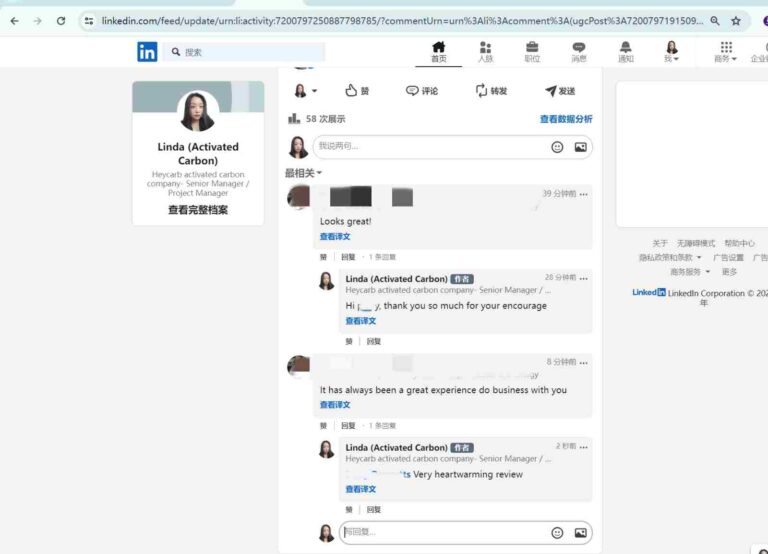
Why choose Heycarbons Impregnated Activated Carbon
Heycarbons has proudly served the activated carbon industry with high-quality products since 2005, we can customize your impregnated activated carbon for your project.
- What our customers say about us?
- Customize different raw materials according to different applications.
- Customize the type of added substance or impregnated substance. also customized size, CTC, iodine value, ash, etc.
- Cost-effective solutions customized according to customer applications.
- Heycarbons customized package to promote your brand, and free design service.
Call Us
+86-180 3788 5195
Our Email
info@heycarbons.com
Steps to Custom Heycarbons Impregnated Activated Carbon
Consultation
By understanding your needs and requirements, our salesmen work with you to submit the appropriate activated carbon solution.
Quotation
Heycarbons expert customer service will provide you with a free quote based on your requirements as well as product specifications and quantities.
Production
Heycarbons has sufficient inventory and strong production capacity, and will report production progress to you from time to time.
Shipping
Heycarbons know you need to receive the product as soon as possible, after rigorous quality checks and protective packaging, by fedex shipping.
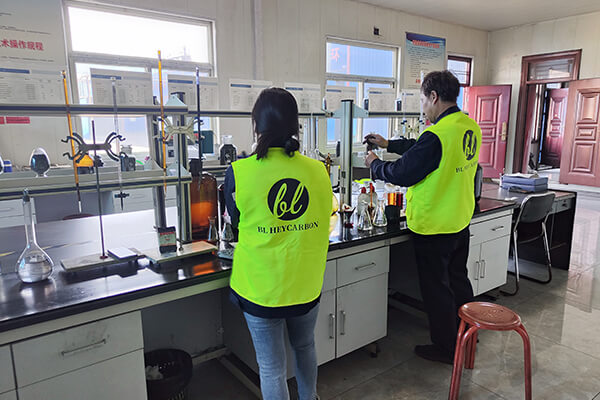
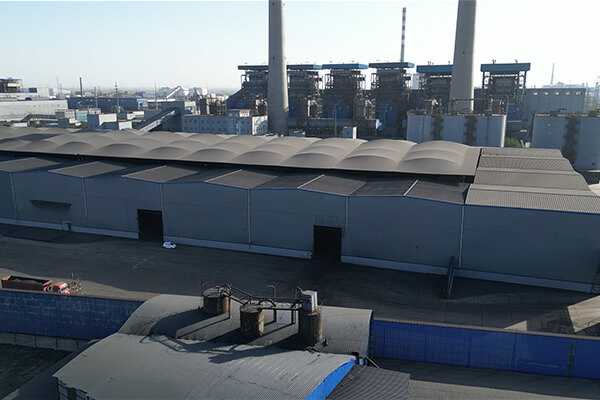
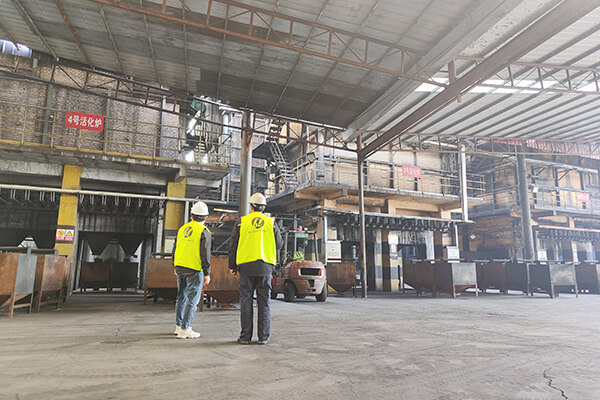
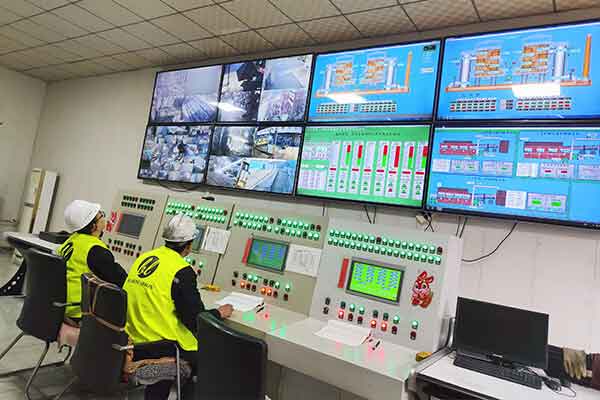
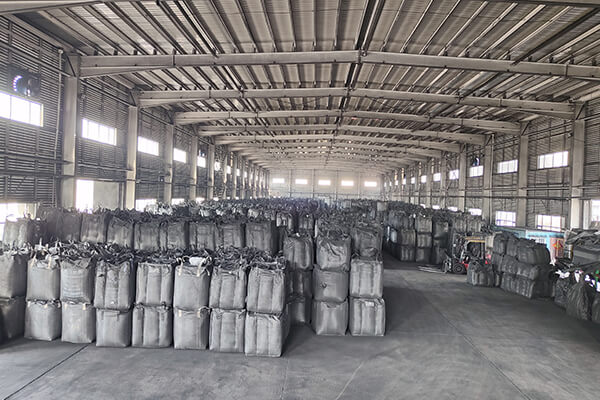
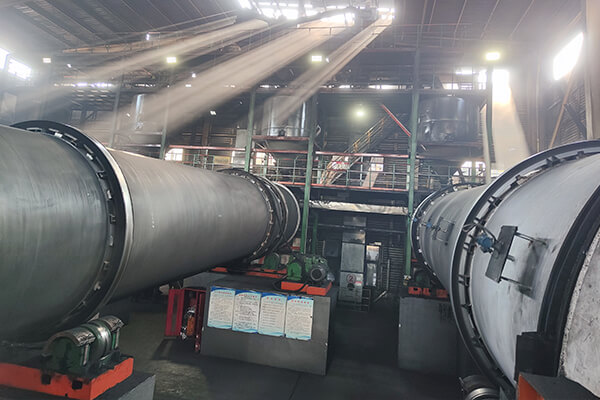



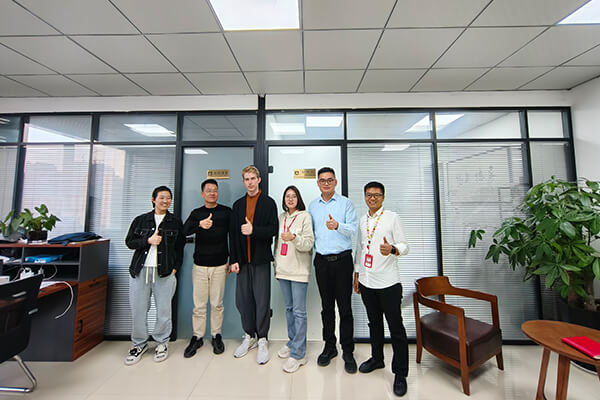

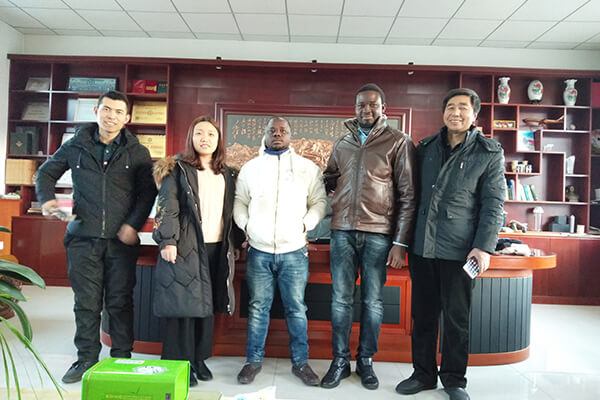
Are You Looking for Heycarbons Impregnated Activated Carbon Manufacturers?
Contact us for design assistance, free quote, and expert advice today.
Your inquiry will be replied within 24 working hours, and Heycarbons respect your privacy.
You will get a quote in 24 hours


